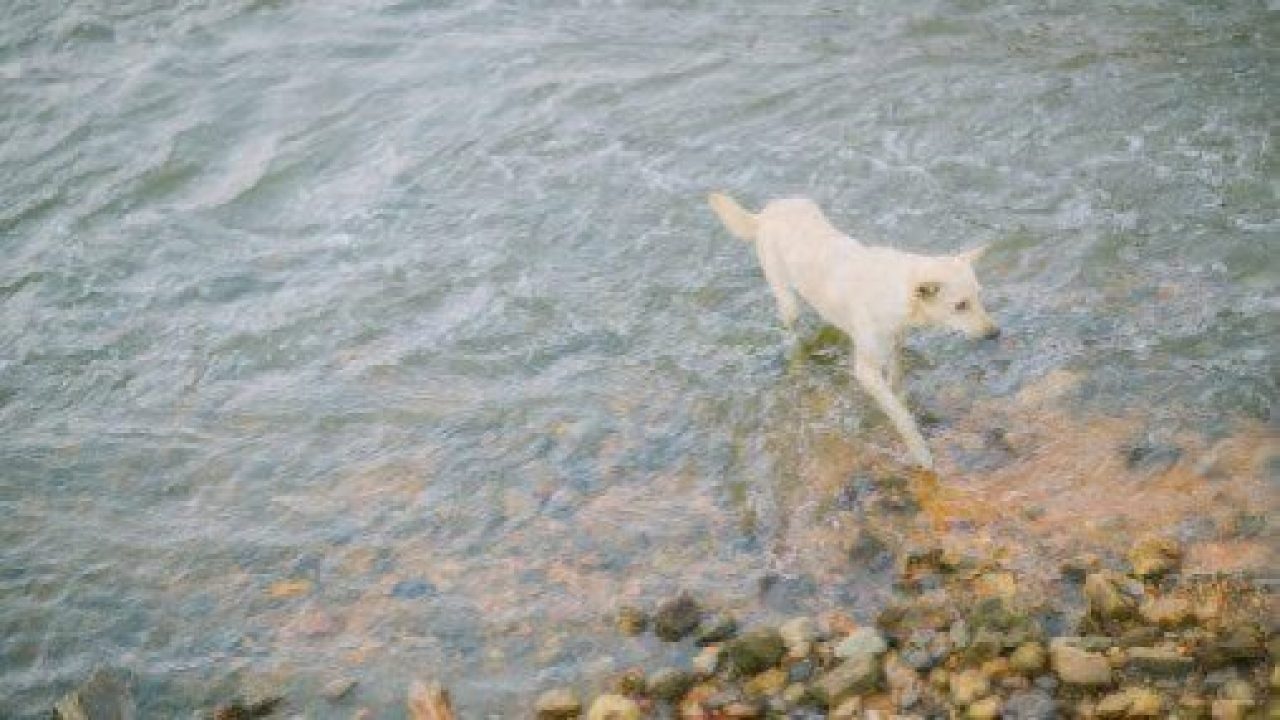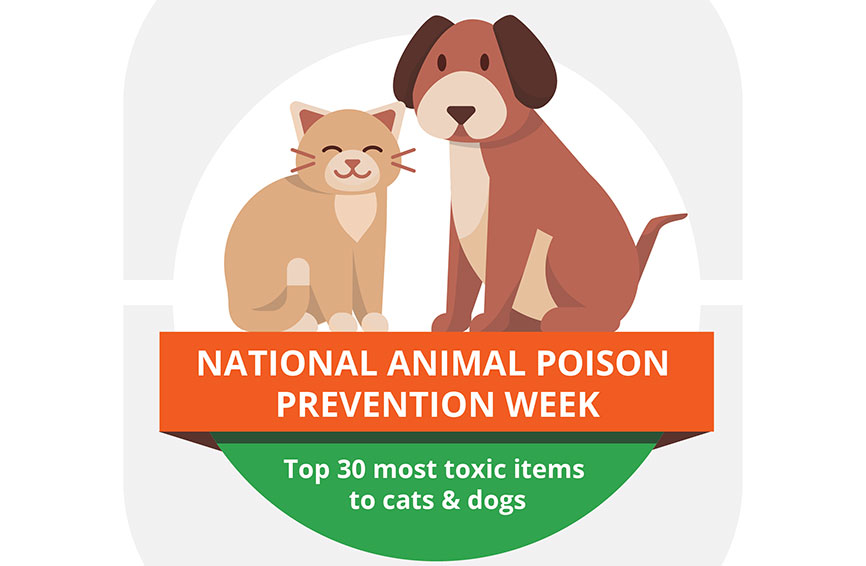Table of Contents
Leptospirosis is a particularly nasty bacterial infection in dogs that can cause flu-like symptoms and unfortunately, can be fatal. It is more common in areas with warm climates, standing bodies of water, wildlife populations and high annual rainfall, but it can occur anywhere. The CDC reports that the bacteria enter the body through mucous membranes (eyes, nose, mouth) or skin, especially if there is a cut or scratch. Most veterinarians will warn you that pups who drink puddle water or swim are especially at risk.
The Leptospirosis bacteria is zoonotic, which means it can cause illness in both animals and humans. It’s important to not only protect your pet for their health and well-being, but also for that of your human family, too.
Symptoms
Leptospirosis can cause various symptoms in both humans and animals, chiefly among them:
- Fever
- Vomiting and diarrhea
- Fatigue
- Body aches and muscle tenderness
- Shivering
- Reluctance to move or lethargy
- Dehydration symptoms such as increased thirst or changes in the frequency or amount of urination
- Loss of appetite
Leptospirosis is an unpleasant condition that can have two peaks or an extended period of symptoms, which can lead to other complications, including:
- Jaundice – liver complications with symptoms like yellow skin and eyes
- Painful inflammation within the eyes that may lead to cloudiness within the eyes, or a color change in the eye.
- Kidney failure with or without liver failure
- Severe lung disease and difficulty breathing
- Bleeding disorders, which can lead to blood-tinged vomit, urine, stool or saliva; nosebleeds; and pinpoint red spots (which may be visible on the gums and other mucous membranes or on light-colored skin).
- Affected dogs can also develop swollen legs (from fluid accumulation) or accumulate excess fluid in their abdomen or chest (causing difficulty breathing).
This illness can sometimes go unnoticed as initial symptoms disappear before returning with a vengeance, which may cause the above organ damage.
How is Leptospirosis Transmitted?
Leptospirosis is spread through the bacteria coming into contact with a dog’s mucous membranes. Dogs who spend time in the woods or around still bodies of water can be exposed to Leptospirosis-infected wildlife urine through those sources. Other potential locations of exposure include infected puddles, urine, soil, food, or bedding. Less commonly, getting bitten by an infected wild animal or eating a deceased wild animal can also expose them.
Diagnosis and Treatment
An accurate diagnosis is key, so be sure to keep track of all symptoms and their frequency when consulting a vet. The course of treatment typically involves rest, rehydration with IV fluids, and antibiotics. With all antibiotic prescriptions, even in dogs, it’s important to complete the entire course of medication to properly kill off all the bacteria and ensure that it doesn’t come back. If your dog recovers, there is a risk of permanent kidney or liver damage.
Once diagnosed, take great care to protect yourself and your pet from all contact with urine, feces, or blood of any infected animal. The infection can last in their kidneys and be shed in their urine for some time even after the illness itself has subsided. Though not overtly deadly, the infection can be severe and life threatening, especially if not treated. Remember: wash your hands thoroughly and often, and wear gloves while handling your dog if your dog is infected. If your dog has a known Leptospirosis infection and you are exposed to their body fluids, seek medical care right away.
Prevention
Great news – Leptospirosis can be prevented or its severity of infection minimized by a commonly administered vaccine! If your vet hasn’t already told you about it, go ahead and ask. Currently available vaccines effectively prevent the infection and protect dogs for at least 12 months.
A few other tips to helping prevent a Lepto infection in your home (either pet or human):
- After hurricanes and flooding, bacteria can enter waterways, so beware when playing at parks and the wilderness after storm runoff, as it can even pollute beaches when the conditions are just right.
- Leptospirosis bacteria is most frequently transmitted to individuals who swim in outdoor bodies of water that have become contaminated. This is also how it can infect your dog, as water ingestion by a swimming dog is almost unavoidable. Be sure to heed any warnings about poor water quality even if your dog is just chasing a ball nearby on land. These contaminated waters are not safe for any animal, as infected wildlife like opossum, raccoon and deer may drink it or urinate nearby, spreading the bacteria further.
- Additionally, Leptospirosis can be found in rodent infestations, making it more common in urban areas. Minimizing contact with the excrement and urine of rodents and unknown dogs is important.
The content is not intended to be a substitute for professional veterinarian advice, diagnosis, or treatment. Always seek the advice of your veterinarian or other qualified health provider with any questions you may have regarding a medical diagnosis, condition, or treatment options.






